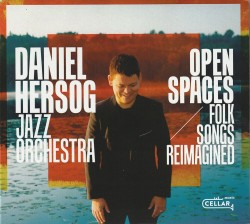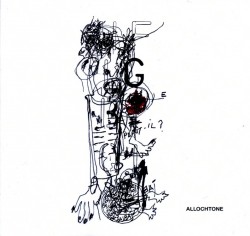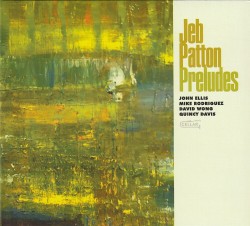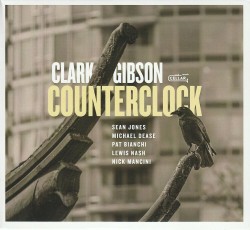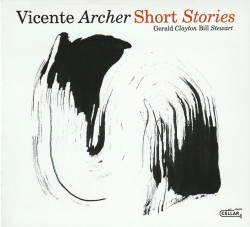Stages - Dan Pitt Trio
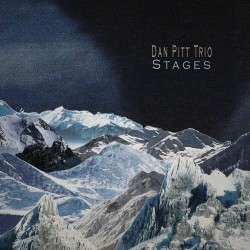 Stages
Stages
Dan Pitt Trio
Independent (dan-pitt.com)
During Part Two, there is a realization one may arrive at; where it becomes clear that bassist Alex Fournier will indeed have to halt his climb up the thumb register at some point. When that simple, descending two-note phrase adds a skip with its last few repetitions before finally falling back on its sustained apex, it feels like the musical equivalent of holding a person’s gaze. Guitarist Dan Pitt and drummer Nick Fraser then promptly enter the canvas, as if occupying the same mind. This entrance occurs mid-trill, prompting one to rewind the track and locate the exact source of the inciting gesture. The snaking 11-beat pattern that follows serves as the backdrop for continued Fournier arco explorations, cyclical and possessing the assurance of having always occupied its indelible spot in the piece’s conscience. The pattern begins to open up gradually, with Pitt emphasizing offbeats and Fraser dropping open cymbal hits like stones in a glassy stream. Synchronized with this increased generosity, Fournier begins to show his hand as well, weaving what will become the primary motif into his solo.
Part Two is Stages’ shortest song, and a great chunk of its runtime is Fournier’s intro, but it encapsulates the album’s overall tendencies. Gentle, satisfying phrases are meditated on for stretches that manipulate a listener’s time perception, gliding along an axis with ease while each musician applies careful changes with blink-and-you’ll-miss-it subtlety. This music feels truly nurtured.


